We use the internet for almost all of our day-to-day activities, be it personal or professional. It is virtually impossible to live without the internet today. It is known to many of us that we get internet through network providers, who in turn get internet from optical fiber cables laid under the sea. We will see this too later in this post, but do you know that new technology has surfaced in recent years, which sends the internet through satellite? It was created by Tesla and is called Starlink. In this post, we will see how Starlink works.
How is the internet provided to us?
Before diving into Starlink, first, let us understand the basics of internet service to us. Refer to the below image. Suppose you are using a laptop and surfing a browser for YouTube videos. When you click a video, the request goes to the data server present in another country through the following flow – a wired / wireless connection to a local router, then to an intra-service router, then to a cellular tower in your local country, then to a cellular tower in the data country through optical fiber cables laid undersea, then to the router network and at last, to the data server. In response, the flow goes back to your laptop in the same reverse sequence. This is the way how internet works currently.
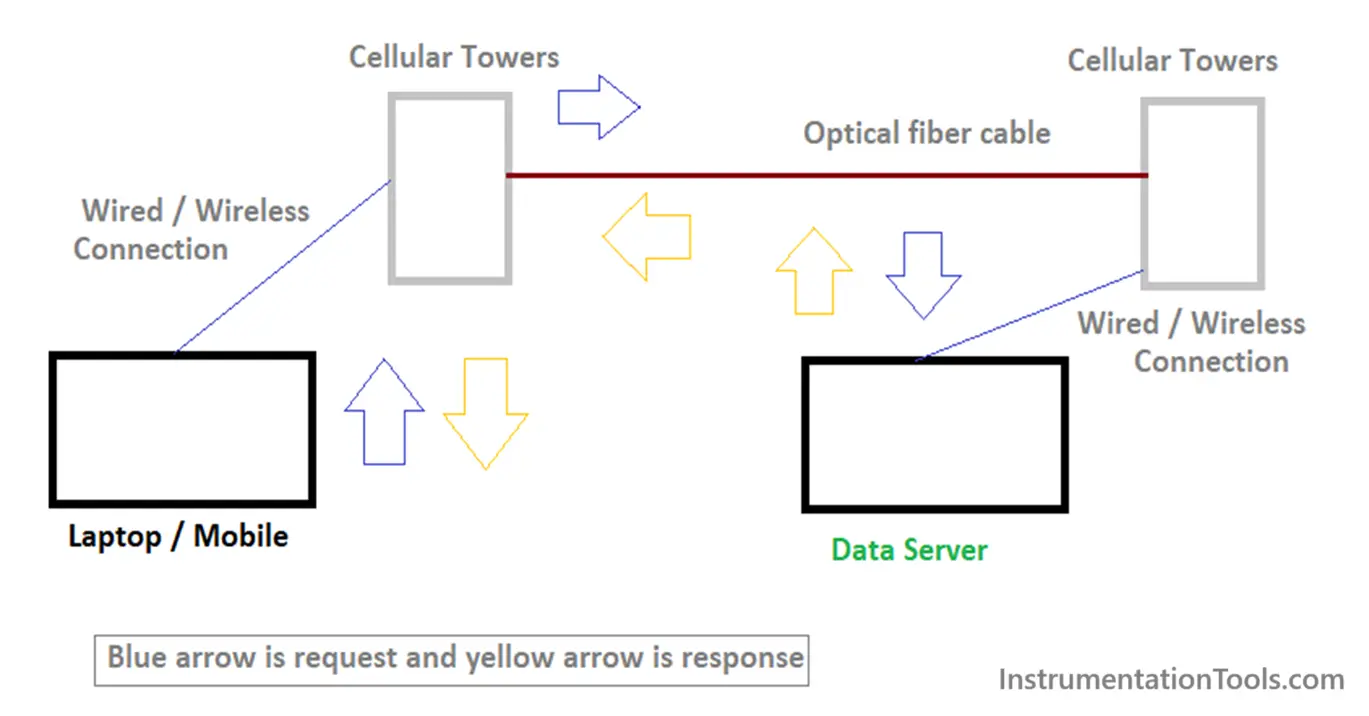
The Internet is accessible for different websites through Internet service providers or ISPs. It is a group of companies that acts as the gateway between the server and your local device. So, suppose you have the internet of Airtel, then it means it has tied up with an ISP to get internet to you. There are various ISPs in a city that interconnect all the network provider services and form various large networks within.
The whole motive is to interconnect all of them to various data servers or centers that have data on them. Thus, a network called the Internet works currently in this fashion. There are other deeper concepts related to the Internet like IP address, DNS server, network devices, and other network terminologies which are related to each other; but will not be covered in this post as it will make it very lengthy to understand. The concept discussed just gives a general overview of the Internet flow.
What is Starlink and how does it work?

In recent times, satellite communication has become more popular due to the very high speeds and bandwidth of data that it can cover. This means, that instead of optical fiber cables which are laid under the sea to travel to various countries, the data is communicated through satellites located above the earth’s surface in space. This concept was popularised first by Starlink, a product of Tesla. Basically, it is a satellite constellation system that connects all the local routers and devices to satellites for data exchange.
It comprises three major components – user terminal, satellite, and ground station. Your home will have a dish antenna which is nothing but a user terminal. If you want the internet, the data will be requested through this terminal to the satellite. The satellite will then forward it to the ground station, which is connected to the internet through an ISP and data server. In the same way, data will then flow in reverse sequence from the ground station to the user terminal and thus will get access to the internet. Currently, there are 6000 Starlink satellites present in space that serve this purpose of satellite constellation.
Let us understand some practical concepts related to satellite internet communication. A satellite can either rotate around the earth fast or slow. If it moves slowly and is near the earth’s orbit, then it will fall down due to the earth’s gravitational force. So, if it is to remain near the earth’s orbit, then it needs to move very fast. This is done through Starlink satellites (located nearby 550 km. above the surface). Before this concept was invented, if the internet was required through traditional satellites, then it was not possible. It was because these satellites are located far away from the earth’s orbit and move slowly.
Due to this, data latency would occur and you would get the Internet at a very slow pace. The speed of a Starlink satellite averages around 17000 miles per hour. And as there are a number of such satellites, even if one satellite moves away from a user terminal, the other will come quickly and take over. Due to this, the data latency will not occur and you will get Internet at very high speeds, also covering a much larger bandwidth.
Depending on user requirements for bandwidth, these satellites synchronize with each other to increase or decrease their speed of movement. As there are millions of users, a very complex algorithm works to ensure that the speed of a satellite is always on the higher side for a reliable Internet service. And as the need for physical cable is eliminated here, this method covers much for remote areas for internet service; and that too at high speeds.
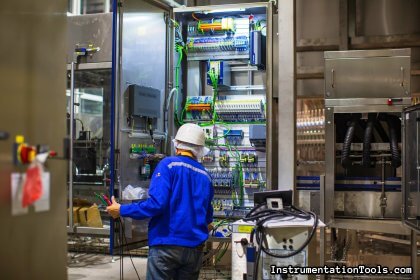
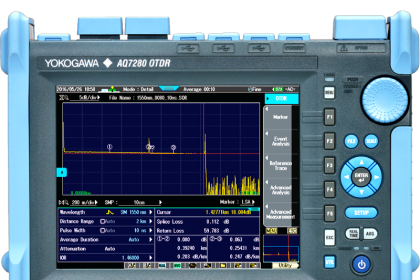

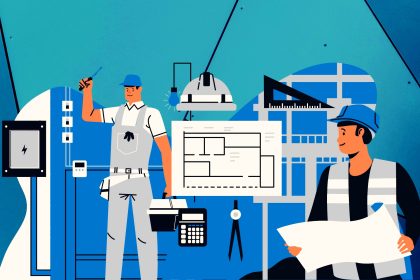
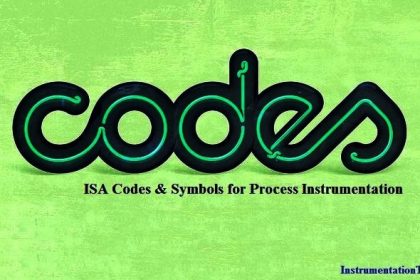
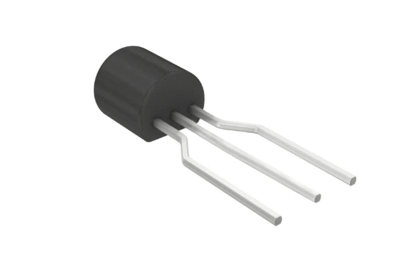
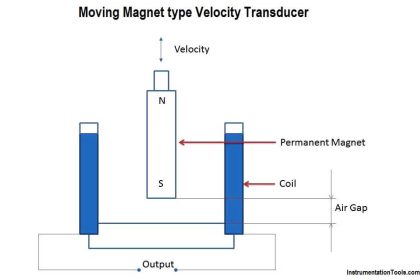

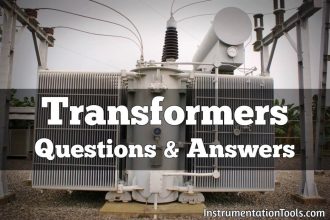
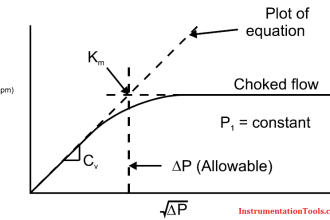


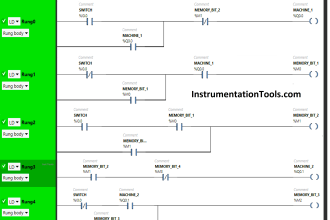



Nice concept